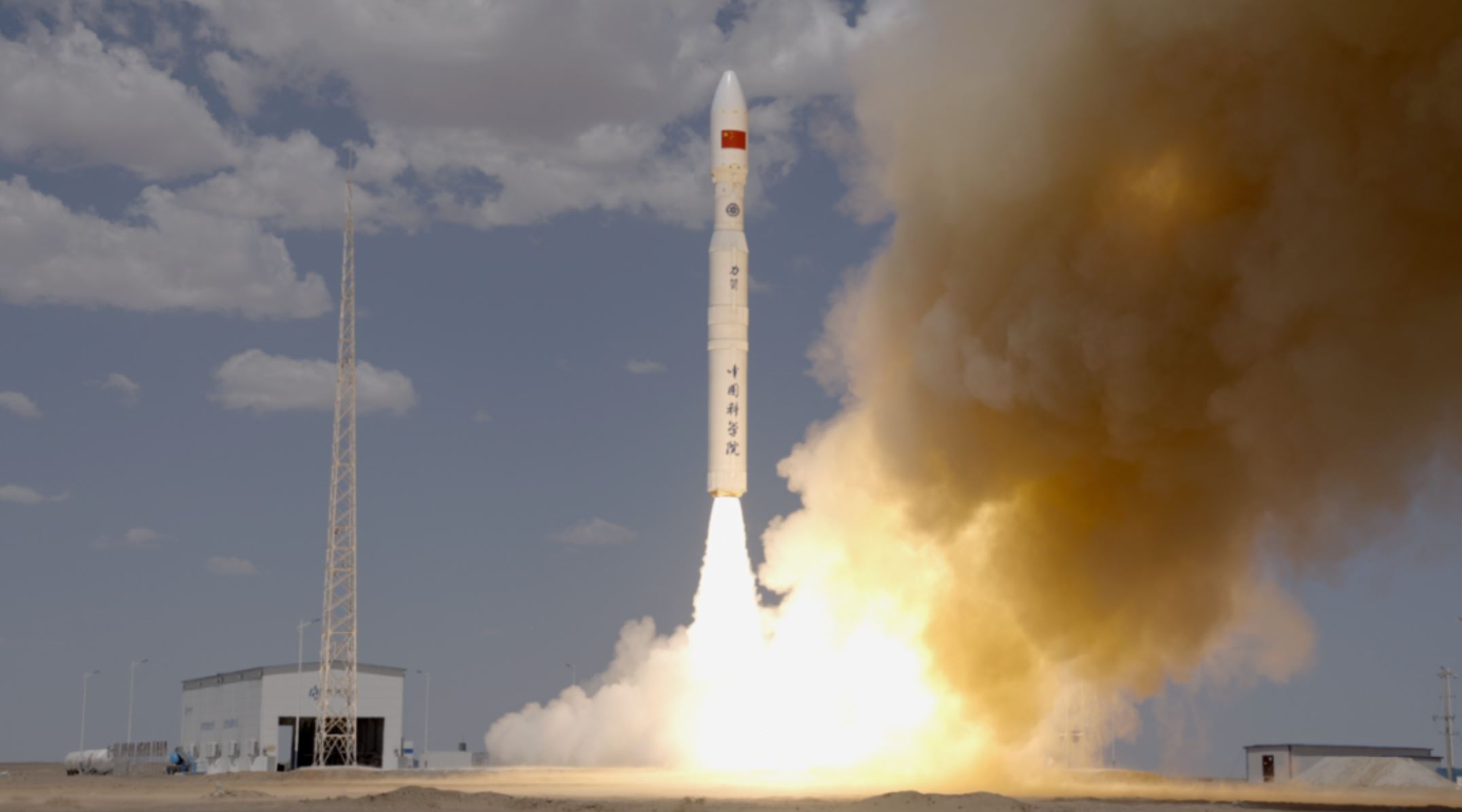Big new Chinese rocket lofts 6 experimental satellites on debut launch (video)
Lijian 1 carried a new quantum key distribution satellite, among other payloads, on its debut mission.
China now has a new launch service provider and a big, new flight-proven rocket.
The four-stage Lijian 1 rocket, also referred to as ZK-1A, lifted from the Jiuquan Satellite Launch Center at 12:12 a.m. EDT (0412 GMT; 12:12 p.m. local time) on July 27, carrying six satellites into orbit on its debut flight.
The 100-foot-tall (30 meters) rocket — China's largest solid-fueled launch vehicle — was developed by CAS Space, a spinoff from the state-owned Chinese Academy of Sciences (CAS). The mission was CAS Space’s first launch, but the firm also has plans for larger rockets, as well as a familiar-looking concept for suborbital space tourism.
Related: The latest news about China's space program

The main payload for the launch was the 1,140-pound (640 kilograms) Space New Technology Experimental Satellite (SATech), which carries 15 payloads for science experiments and technology verification. Goals include solar, Earth and infrared observation, and a hyperspectral camera and X-ray telescope are among the instruments. The satellite was developed by the Innovation Academy for Microsatellites under CAS.
Another satellite, called Jinan 1, will conduct key distribution experiments in low Earth orbit after a month of testing, according to the South China Morning Post. China launched the pioneering Mozi quantum science satellite in 2016, but Jinan 1, at around one-sixth the mass of Mozi, seeks to prove low-cost, miniaturized quantum key distribution (QKD) technology with the new test.
The launch also carried four other small spacecraft, including a spherical atmospheric density detection test satellite, a pair of satellites for testing electromagnetic assembly mechanisms in orbit and the Nanyue Science Satellite, which will be used for science popularization.
Breaking space news, the latest updates on rocket launches, skywatching events and more!
China has conducted 29 orbital launches in 2022 as of early August. The Lijian 1 launch is one of just three that did not rely on Long March rockets from China’s main space contractor, CASC.
Follow us on Twitter @Spacedotcom or on Facebook.
Join our Space Forums to keep talking space on the latest missions, night sky and more! And if you have a news tip, correction or comment, let us know at: community@space.com.

Andrew is a freelance space journalist with a focus on reporting on China's rapidly growing space sector. He began writing for Space.com in 2019 and writes for SpaceNews, IEEE Spectrum, National Geographic, Sky & Telescope, New Scientist and others. Andrew first caught the space bug when, as a youngster, he saw Voyager images of other worlds in our solar system for the first time. Away from space, Andrew enjoys trail running in the forests of Finland. You can follow him on Twitter @AJ_FI.
